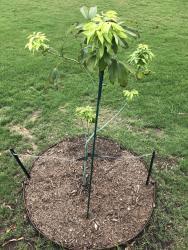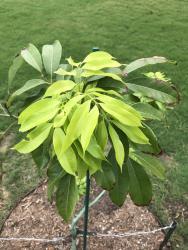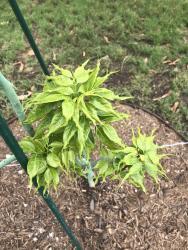I am not familiar with this type of tropical fruit but the wife just had to have it.
I brought it home very healthy, far as i can tell. Then we had prolonged periods of rain and standing water, followed by prolonged drought.
Leaves turned brown during the raining events, and then almost completely fell off during the drought.
Now it seems like the tree is happy again based on all the new growth the tree is putting out.
My concern is a lot of the new growth has pointy tips that dont seem normal. Some of the new growth on top looks just like the parent leaf, and then most of the other growth looks different.
Would appreciate any advice from someone experienced with Lychees.
Thank you.





